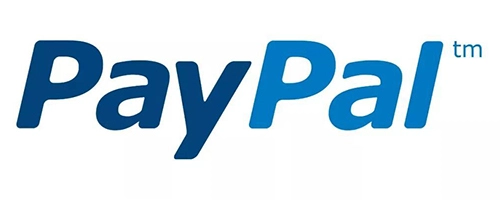- English
- Español
- Português
- русский
- Français
- 日本語
- Deutsch
- tiếng Việt
- Italiano
- Nederlands
- ภาษาไทย
- Polski
- 한국어
- Svenska
- magyar
- Malay
- বাংলা ভাষার
- Dansk
- Suomi
- हिन्दी
- Pilipino
- Türkçe
- Gaeilge
- العربية
- Indonesia
- Norsk
- تمل
- český
- ελληνικά
- український
- Javanese
- فارسی
- தமிழ்
- తెలుగు
- नेपाली
- Burmese
- български
- ລາວ
- Latine
- Қазақша
- Euskal
- Azərbaycan
- Slovenský jazyk
- Македонски
- Lietuvos
- Eesti Keel
- Română
- Slovenski
- मराठी
- Srpski језик
Production line design in PCBA processing
2024-11-04
PCBA processing (Printed Circuit Board Assembly) is one of the most important links in the field of electronic manufacturing. Designing an efficient production line is of vital importance to improving production efficiency, reducing costs and ensuring product quality. This article will explore in depth the production line design strategies and key elements in PCBA processing.

1. Production line layout planning
1.1 Process analysis
Before designing a PCBA processing production line, it is necessary to first conduct a detailed analysis of the entire processing process. Including PCB board manufacturing, component procurement, wavesoldering, reflow soldering, functional testing and final assembly. Through process analysis, determine the process and process requirements of each link to provide a basis for subsequent production line design.
1.2 Space layout
Reasonable space layout can improve the operating efficiency and process consistency of the production line. For example, placing interrelated processes in close areas can reduce the movement time of materials and personnel; at the same time, reasonably plan the placement of equipment to ensure smooth passages and safe operations.
2. Equipment selection and configuration
2.1 Automation equipment
In PCBA processing production lines, the application of automation equipment can improve production efficiency and product consistency. For example, the selection and configuration of automation equipment such as SMT placement machines, reflow ovens, and AOI inspection equipment directly affect the overall performance of the production line.
2.2 Flexibility and diversity
Considering the changes in market demand and the diversity of orders, the production line design should have a certain degree of flexibility and adaptability. Equipment with fast changeover functions can be selected to quickly adapt to the production requirements of different products and improve the utilization rate of the production line.
3. Information management system
3.1 Production planning and scheduling
Through the information management system, accurate control of production planning and scheduling is achieved. Including functions such as order management, material procurement, and production progress tracking, it helps the production line to achieve efficient operation and optimal resource allocation.
3.2 Quality traceability and management
Establish a complete quality management system to achieve full traceability and monitoring of the production process. Record and analyze production data through the information system, timely discover and solve potential quality problems, and improve product qualification rate and customer satisfaction.
4. Human Resource Management
4.1 Training and Skill Improvement
The efficient operation of the PCBA processing production line is inseparable from operators with rich experience and professional skills. Therefore, a training system should be established to regularly train employees in skills and update their knowledge to improve their work efficiency and quality awareness.
4.2 Working Environment and Safety
It is equally important to pay attention to the working environment and safety issues of employees. Ensure that the production line equipment meets safety standards, and establish a sound safety management system and emergency plan to ensure the health and production safety of employees.
5. Environmental Protection and Sustainable Development
5.1 Energy Saving and Emission Reduction
In the design of the production line, energy-saving and emission reduction solutions should be considered. Select energy-efficient equipment and processes to reduce energy consumption and emissions, reduce the impact on the environment, and achieve green production.
5.2 Waste Treatment and Recycling
Waste generated by PCBA processing, such as discarded circuit boards and soldering waste, should be treated appropriately. Promote waste classification, recycling and reuse, reduce resource waste, and achieve sustainable development.
Conclusion
The design of PCBA processing production line not only involves equipment selection and configuration, but also needs to consider many factors such as process optimization, information management, human resources and environmental sustainable development. Through scientific and reasonable production line design, production efficiency can be improved, production costs can be reduced, product quality can be improved, and the sustainable development goals of enterprises can be achieved. In the future, with the development of science and technology and changes in market demand, the design of PCBA processing production line will continue to be optimized and improved, injecting new vitality into the development of the electronics manufacturing industry.
-
Delivery Service






-
Payment Options









